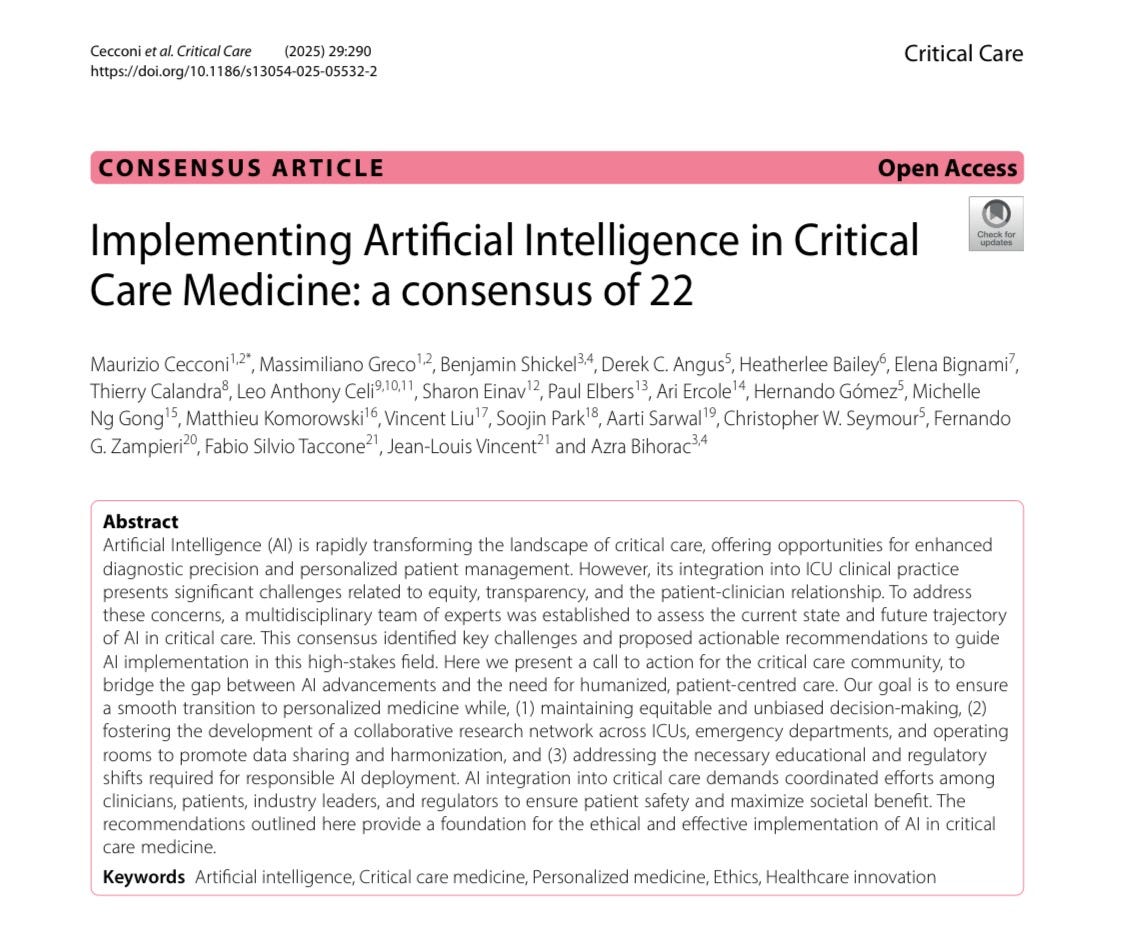DOGTENSIVISTS are the followers of Luke, the Inductivist Dog. They are trying to sell their crystal-ball “phenotypes”.
Yes, you read “crystal ball”. When our scientist-physicians stare at their crystal balls, their conscience expands into mysterious realms. There, they fetch insights you and I can't understand. One example is the inscrutable relationship between bilirubin and PEEP response they published months ago. I can only wonder how they get such a conscience amplification, but I can tell you the modern crystal ball is a desktop computer running AI/machine learning applications.
In another of these trance sessions, they received the Sepsis Crystal-Ball Phenotypes that could lead to differential mortality after saline or Ringer’s. Unearthly creatures revealed to Dogtensivists that the response to different crystalloids depends on variables like temperature and heart rate. Those entities seem utterly ignorant of human biology, but our brave Dogtensivists never think twice. They are so fascinated with the new revelation that they are prospectively testing it in the PRECISE Trial.
Let’s put it straight. Dogtensivists are not scientists, and they P-fish since the beginning of computer-aided data analysis. Finding spurious associations is their job. I know how it started. In 1989, I installed SPSS from 5-inch floppy disks. By that time, P-fishing became easy and widespread. Epidemiologists soon began to mess with association and causation, and the fact that most of them never practiced Medicine paved the way for the abandonment of Bradford Hill criteria.
Perhaps the younger reader will buy AI-derived phenotypes. I don’t. I come from a time when causal mechanisms were biological, not the product of data squeeze.
Today, I am commenting on a paper by high-ranked Dogtensivists, in which they proclaim the wonders of AI in critical care. Here it is.
The paper was handed over by a dear friend of mine and one of the most accomplished intensivists I have ever met. Unfortunately, his reputation is stained by the fact that he is an incredible sucker at slicing pizza. I accept him the way he is. In return, he sometimes provides me with interesting papers.
My frequent reader understands that causal mechanisms must derive from conjectures I call disease models. They are also acquainted with the inductivist mistake.
In the next paragraphs, I will relate both concepts to the heralded AI revolution in critical care. Forget the promise of new personalized treatments.
Are you a Dogtensivist, a barking follower of Luke? If you are, I invite you to stop being!
Let's carry the flag of critical care epistemology.
Follow me.
EPISTEMOLOGY deals with how knowledge of the truth is possible. It will ask whether (and how) knowledge is revealed to, discovered, or built by humans. However, we don't need to go so far because we are merely curious critical care providers. We will restrict our analysis to how knowledge is achieved in our tiny field.
"How can I know what I know in critical care?” is a good kickoff.
Keep reading with a 7-day free trial
Subscribe to The Thoughtful Intensivist to keep reading this post and get 7 days of free access to the full post archives.





